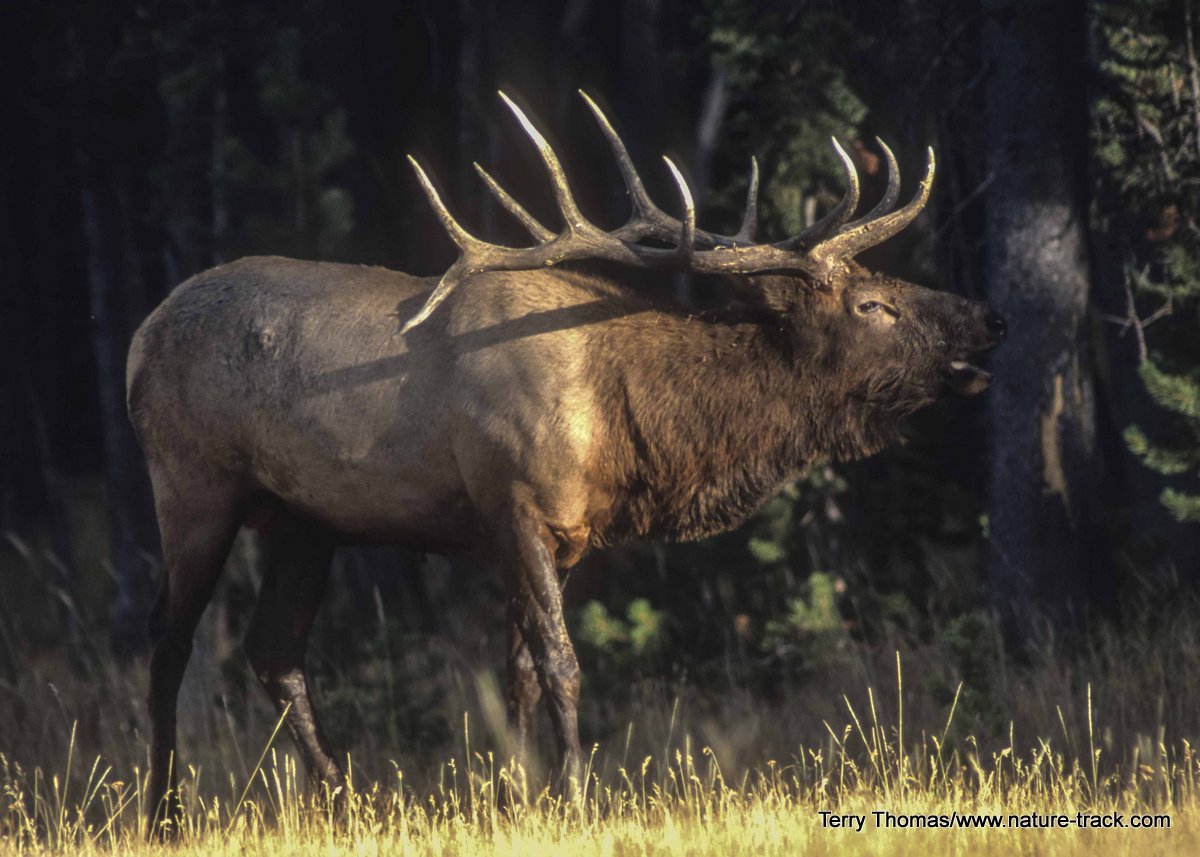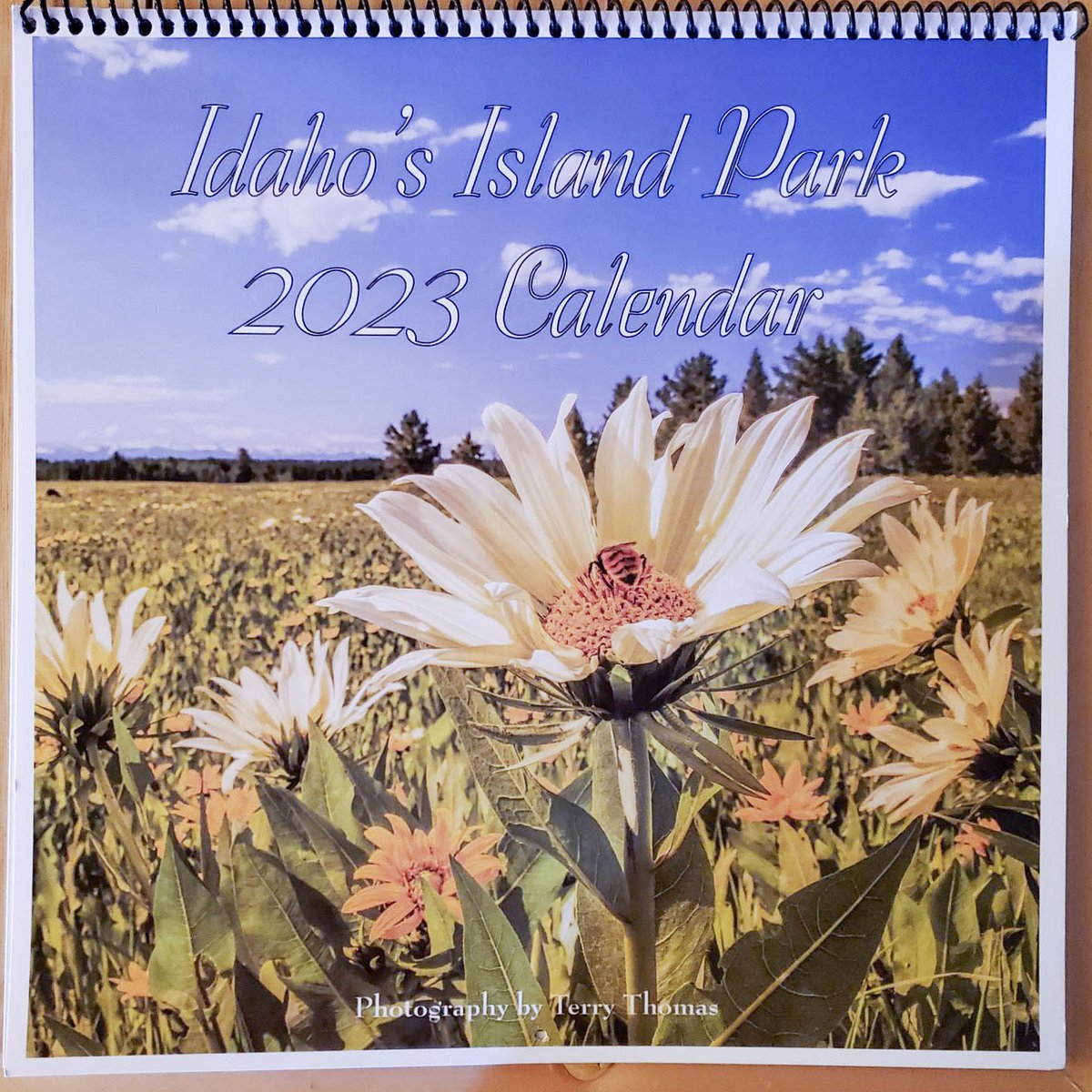Pittman Robertson Act Under Attack

Wildlife Restoration, a program that has funded wildlife conservation with over $10 billion during its 83-year history, is being threatened by thoughtless legislators.
Managing wildlife takes money and the funds provided from the Pittman-Robertson Wildlife Restoration Act are key for wildlife agencies in all 50 states.
In 1937, President Franklin Delano Roosevelt signed into law some landmark legislation. This legislation, named the Pittman-Robertson Wildlife Restoration Act (named for the two senators who championed it and now often referred to as the PR Act), specifically outlined how tax funds collected from the sale of firearms, ammunition and archery equipment, were to be allocated to the states for the purpose of wildlife restoration and enhancement.
This legislation is now under attack as some legislators see the funding of the Pittman-Robertson Act as an affront to the Second Amendment, the right to bear arms. The proposed (by Rep. Andrew Clyde, R-Ga., and supported by Idaho Rep. Russ Fulcher) RETURN (Repealing Excise Tax on Unalienable Rights Now) Act, wants to do away with the excise tax and thus, the Pittman-Robertson Wildlife Restoration Act.
The excise tax on firearms, 11 percent on the wholesale price of rifles, shotguns and ammunition and 10 percent on pistols and revolvers, was established in 1919 (archery equipment was added later). The 1937 legislation simply determined where and when the funds generated would be/could be spent.
This tax is on the wholesale cost of the item and is applied by the manufacturer or the importer. This is an important fact. The price tag on a new firearm includes that tax, it is not added at the point of sale. The only tax added at the point of sale is the state sales tax. This also means that there is no issue with double taxation, as used firearms are not taxed again with the excise tax.
The Pittman-Robertson Wildlife Restoration Act has been one of the best things to happen to wildlife conservation. Since inception, over $10 billion has been awarded to the states. It is allocated based on two things: the number of licensed hunters and the area (square miles) of the state. In 2021, Idaho received over $21 million in federal PR funds and over the history of the program has received a reported $263.5 million.
While the program is called Wildlife Restoration, some of the funds are allocated to hunter education and to the construction and management of public shooting ranges. That is a big deal since a 2020 study found that only about 25 percent of the money generated comes from equipment intended for hunting. The remainder comes from sales for target shooting and personal defense. That means that while hunters support wildlife conservation through their purchases, so do a lot of other people who may not hunt at all.
One important aspect of the PR Act is the protection it gives to hunting license dollars. In one of the first paragraphs of the original act it states: “but no money apportioned under this Act to any State shall be expended therein until its legislature, or other State agency authorized by the State constitution to make laws governing the conservation of wildlife, shall have assented to the provision of this Act and shall have passed laws for the conservation of wildlife which shall include a prohibition against the diversion of license fees paid by hunters for any other purpose than the administration of said State fish and game department.” I can remember at least one time in my career where some legislators attempted to divert hunting license dollars into the general fund. They backed off when they realized that the state would lose $20 million in federal money should they do that.
I noted in one article about RETURN that the authors of the Act suggested replacing the $1.1 billion currently generated by the excise tax with $800 million in tax money generated by off-shore oil drilling. News flash: conservation is ALREADY supposed to be getting that and more from the offshore taxes through the Great American Outdoors Act that was passed in 2020. The RETURN proponents are double dipping, offering funding that is already committed.
A wolf in sheep’s clothing—that is what this act is. It proposes, under the guise of protecting Second Amendment Rights, to gut the most successful wildlife conservation funding model in history, putting politics above wildlife. Gun manufacturers have never asked that the excise tax be removed and forty-three national wildlife-based organizations, groups that seem to seldom agree on anything, have joined with one voice decrying this potentially devastating act. Everyone who cares about wildlife should join them.
Help Idaho Wildlife
When we traveled across the state in October 2017, most of the vehicles we saw using the wildlife management areas did not have wildlife plates. Buying wildlife plates is a great way for non-hunters and hunters alike to support wildlife-based recreation like birding.
C'mon folks, let's help Idaho's wildlife by proudly buying and displaying a wildlife license plate on each of our vehicles!
See below for information on Idaho plates. Most states have wildlife plates so if you live outside Idaho, check with your state's wildlife department or vehicle licensing division for availability of state wildlife plates where you live.
And tell them that you heard about it from Nature-track.com!

Wildlife License Plates
Great news! as of 2024, there are three NEW designs for license plates. They still are bluebird, cutthroat trout and elk, but they are beautiful.
Idaho Wildlife license plates provide essential funding that benefits the great diversity of native plants and wildlife that are not hunted, fished or trapped—over 10,000 species or 98% of Idaho’s species diversity. Game species that share the same habitats (such as elk, deer, antelope, sage-grouse, salmon, trout) also benefit from these specialty plates.
No state tax dollars are provided for wildlife diversity, conservation education and recreation programs. Neither are any revenues from the sale of hunting or fishing licenses spent on nongame species. Instead, these species depend on direct donations, federal grants, fundraising initiatives—and the Idaho Wildlife license plates.
Both my vehicles have Bluebird Plates. I prefer the bluebird because the nongame program gets 70 percent of the money from bluebird plates, but only 60 percent of the money from elk and trout plates - 10 percent of the money from elk plates supports wildlife disease monitoring and testing programs (to benefit the livestock industry) and 10 percent from cutthroat plates supports non-motorized boat access.
Incidentally, in 2014, the Idaho Legislature denied the Department of Fish and Game the ability to add new plates or even to change the name of the elk and cutthroat plates (very specific) to wildlife and fish plates, a move that would have allowed for changing images occasionally and generating more revenue. It would seem that they believe that we Idahoans don't want a well funded wildlife program.
I think it is time we let the Legislature know that Idahoan support wildlife funding and that we would like to see these generic plates come to fruition.
Don't forget to order your 2023 Island Park appointment calendar. Just use the contact us page. We can accept Venmo.


"WOW. What a phenomenal piece you wrote. You are amazing." Jennifer Jackson
That is embarrassing, but actually a fairly typical response to my nature essays. Since The Best of Nature is created from the very best of 16 years of these nature essays published weekly in the Idaho Falls Post Register (online readership 70,000), it is a fine read. It covers a wide variety of topics including humorous glimpses of nature, philosophy, natural history, and conservation. Readers praise the style, breadth of subject matter and my ability to communicate complex and emotional topics in a relaxed and understandable manner.
Everyone can find something to love in this book. From teenagers to octogenarians, from the coffee shop to the school room, these nature essays are widely read and enjoyed.
Some of the essays here are my personal favorites, others seemed to strike a chord with readers. Most have an important message or lesson that will resonate with you. They are written with a goal to simultaneously entertain and educate about the wonderful workings of nature. Some will make you laugh out loud and others will bring a tear to the eye and warm your heart.
Readers Write:
"You hit a home run with your article on, Big Questions in Nature. It should be required reading for everyone who has lost touch with nature...great job!" Joe Chapman
"We enjoyed your column, Bloom Where Planted. Some of the best writing yet. The Post Register is fortunate to have your weekly columns." Lou Griffin.
To read more and to order a copy, click here or get the Kindle version
Copies are also available at:
Post Register
Island Park Builders Supply (upstairs)
Barnes and Noble in Idaho Falls
Harriman State Park, Island Park
Museum of Idaho
Valley Books, Jackson Wyoming
Avocet Corner Bookstore, Bear River National Wildlife Refuge, Brigham City, Utah
Craters of the Moon National Monument Bookstore, Arco, Idaho